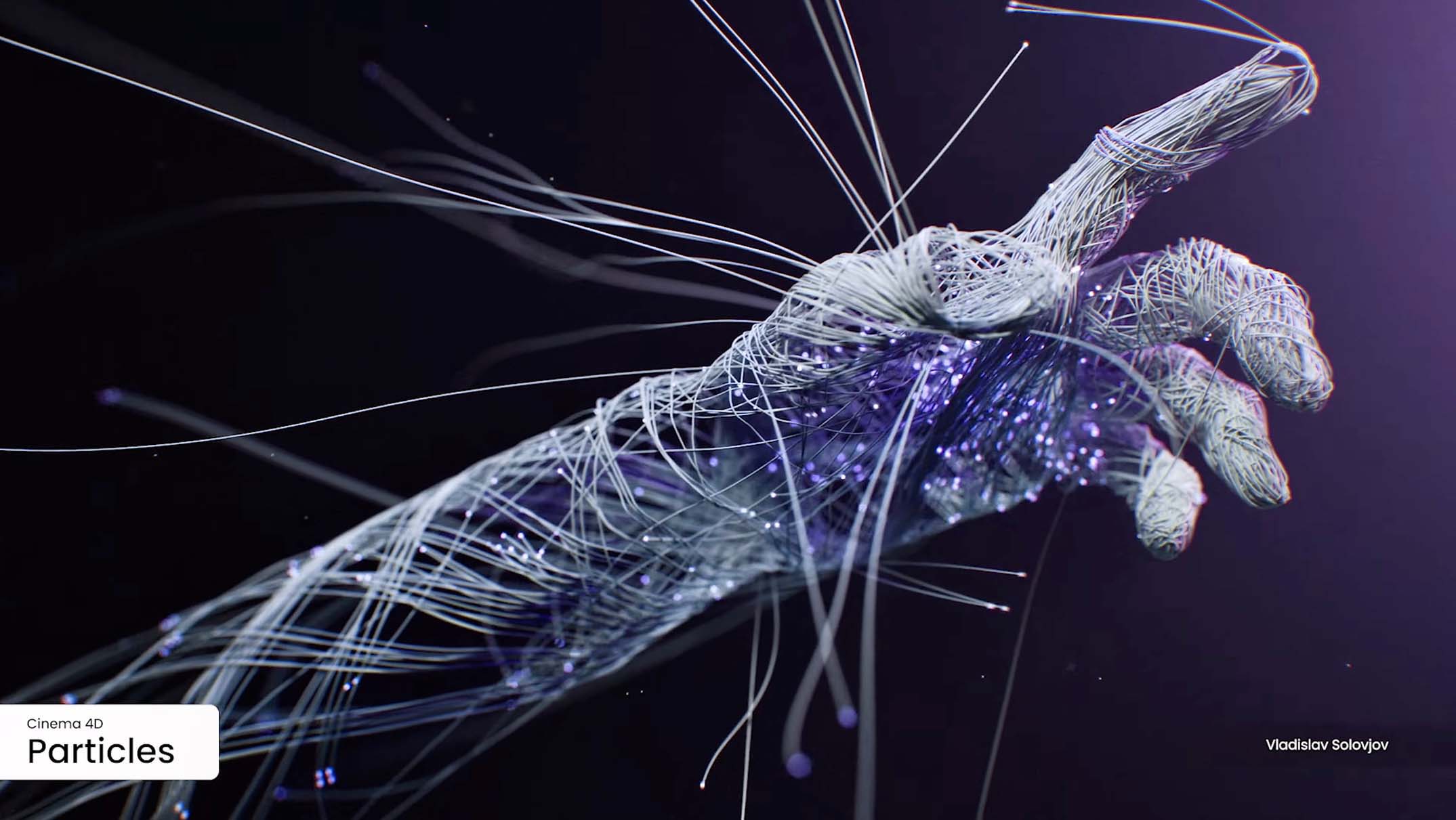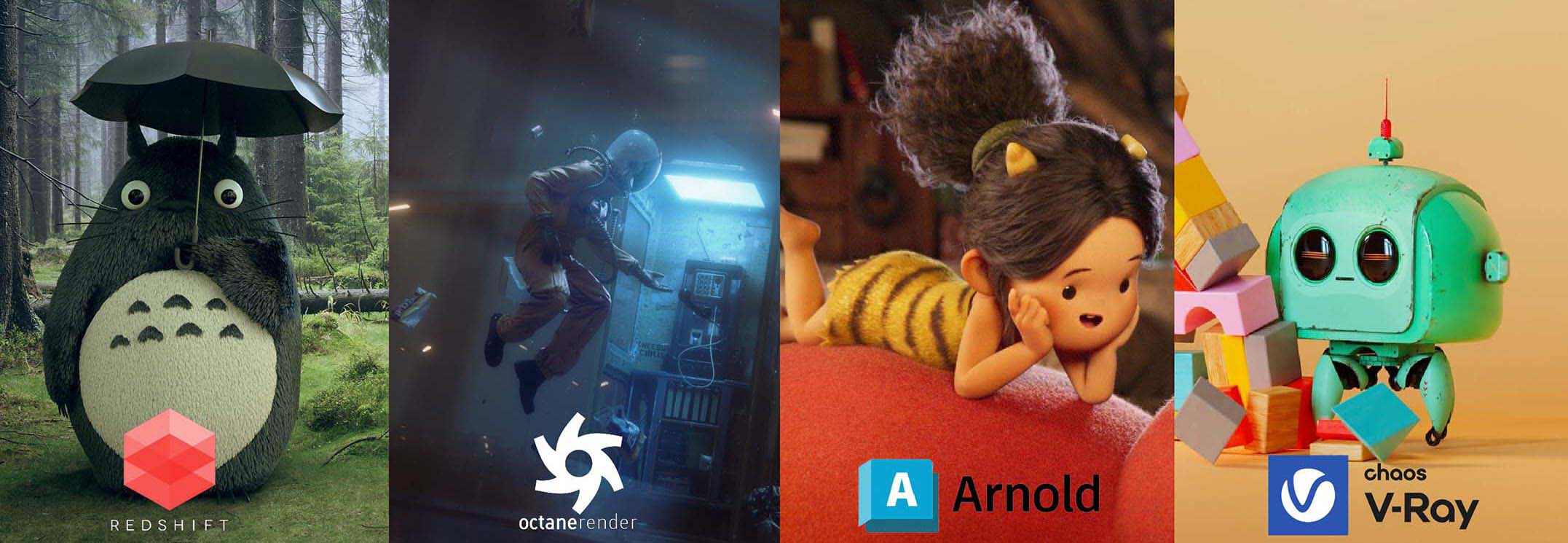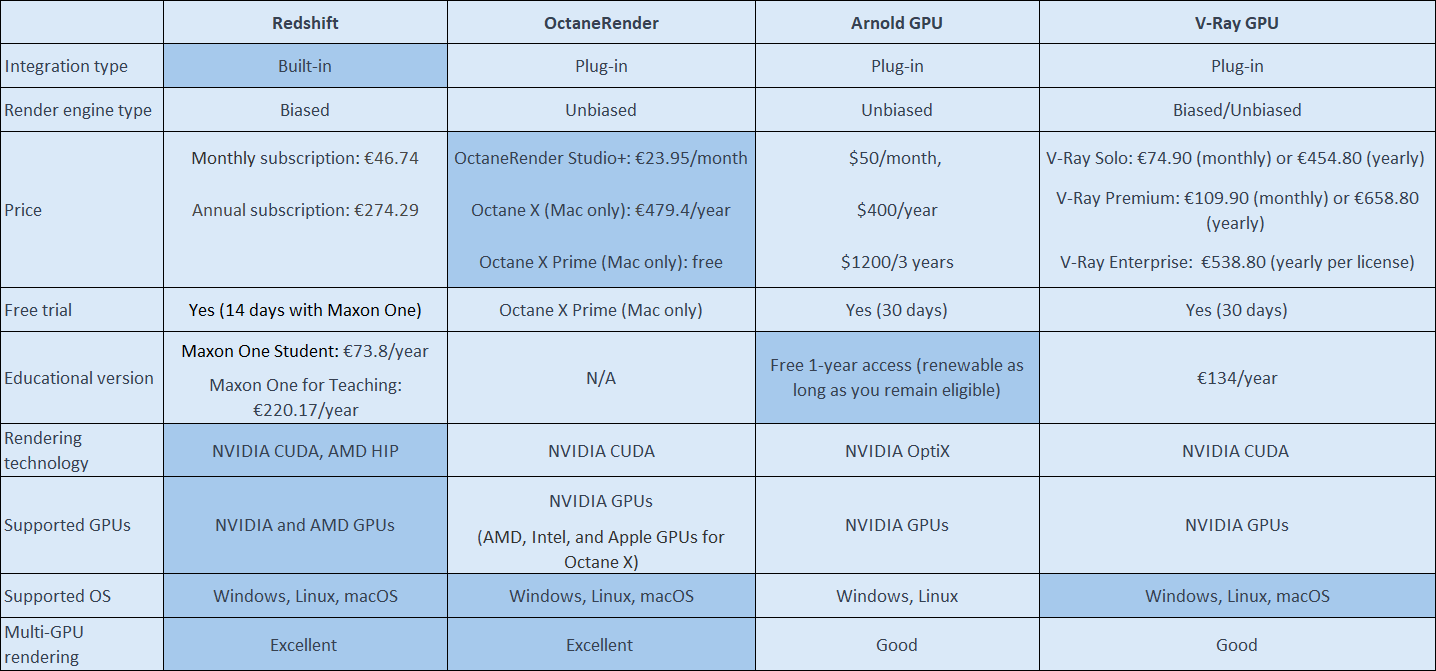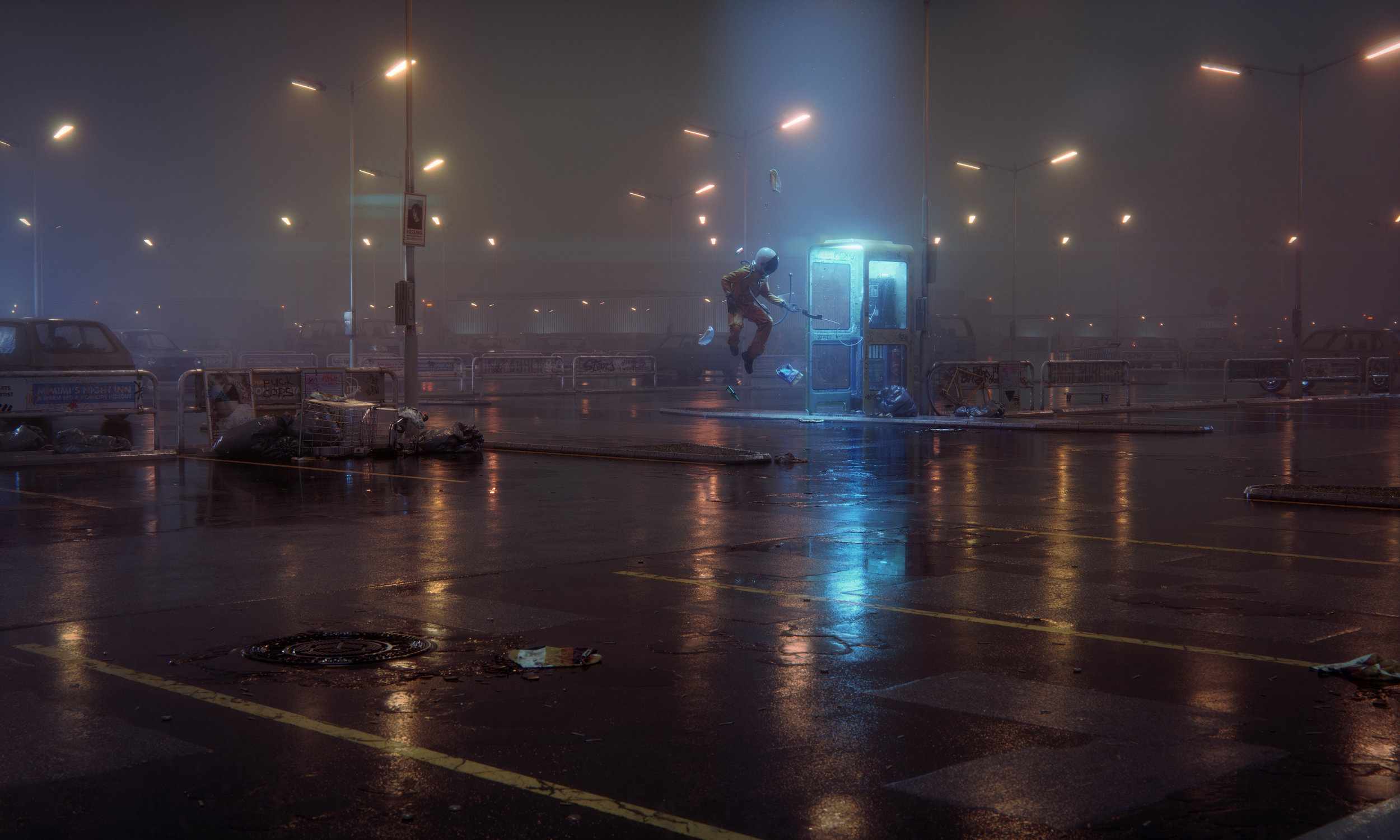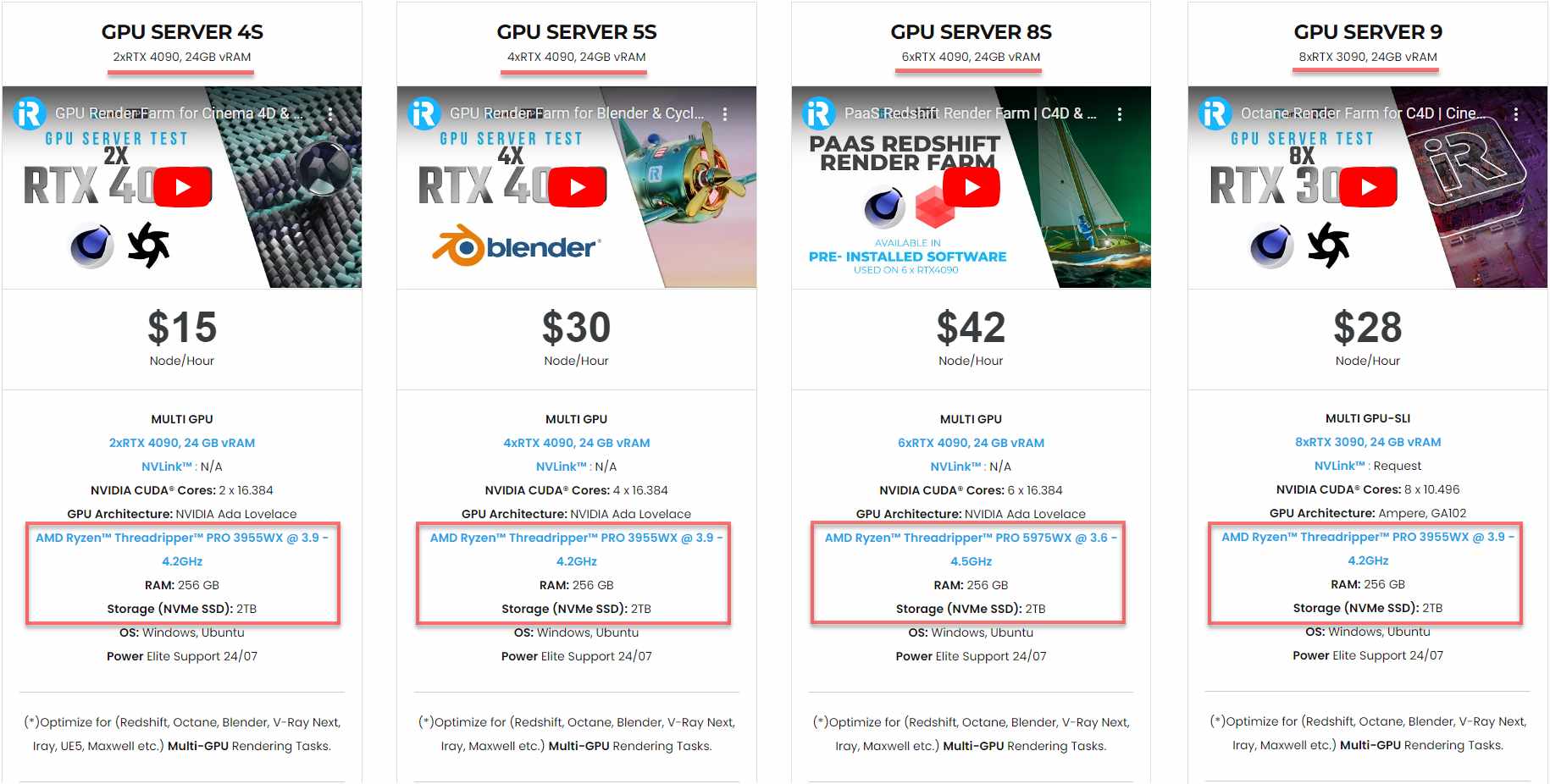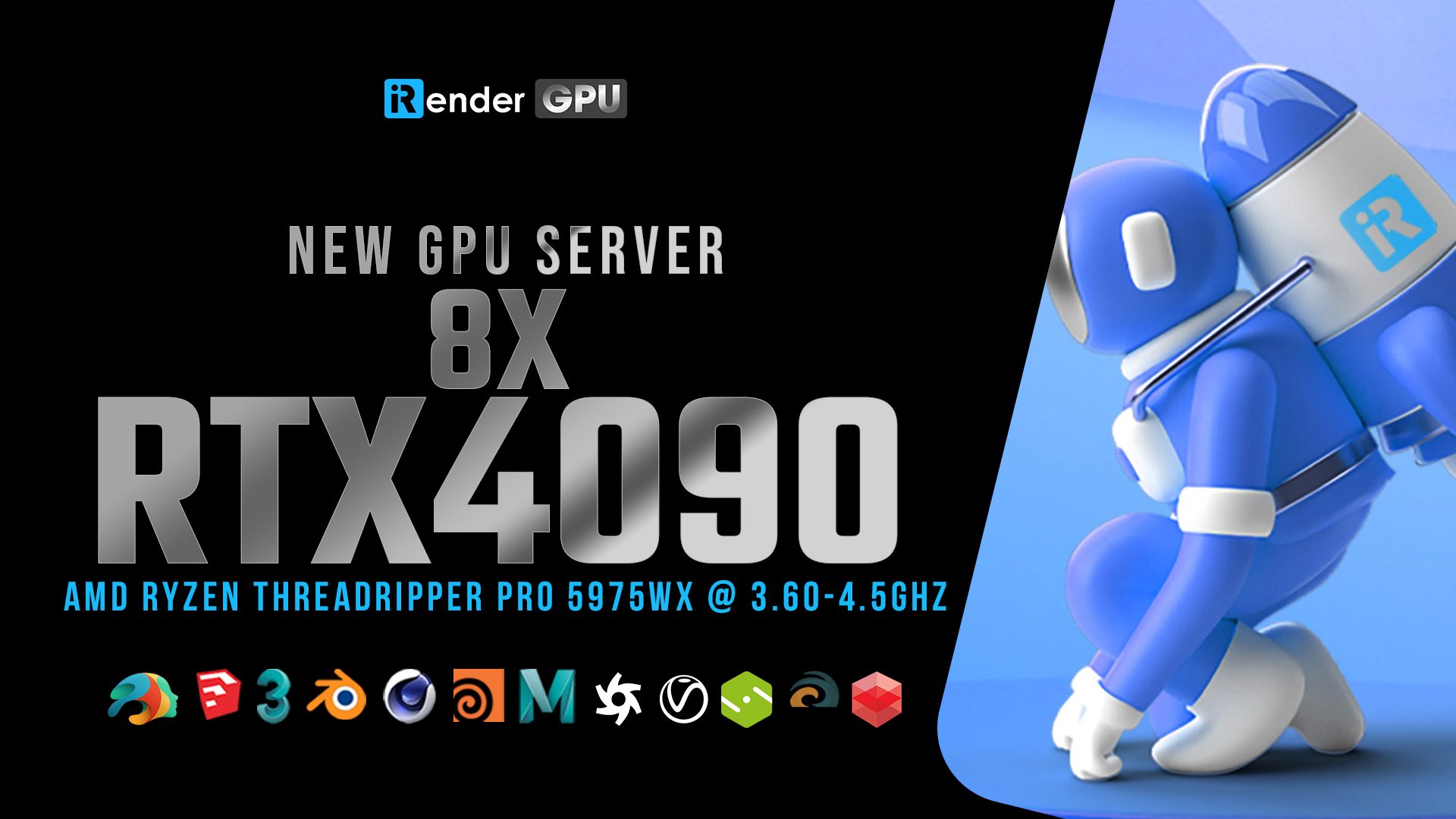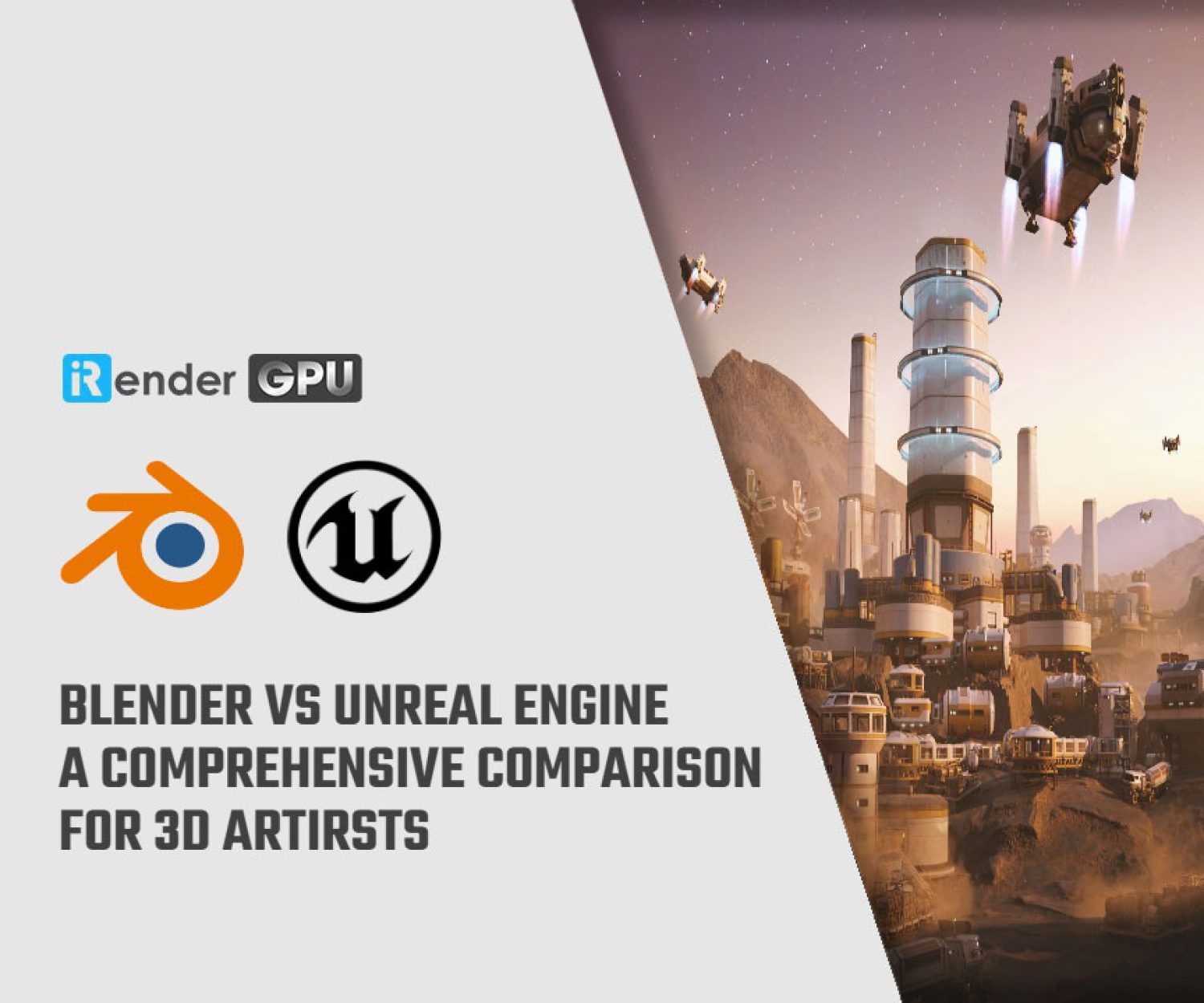Best multi-GPU render engines for Cinema 4D
As 3D projects grow in complexity, the need for faster rendering speeds becomes increasingly urgent. For Cinema 4D users, the solution lies in leveraging the combined power of multiple GPUs to accelerate the rendering process. But with various render engines supporting multi-GPU on the market, it can be hard to determine which one is best suited for you. In this comparison, we’ll delve into the top multi-GPU render engines for Cinema 4D, exploring their strengths, weaknesses, features, compatibility, etc., to help you make an informed decision.
Cinema 4D and top multi-GPU render engines for it
Cinema 4D is a professional 3D modeling, animation, simulation, and rendering software developed by Maxon. It’s a popular choice among motion graphics designers, visual effects artists, and 3D animators due to its ease of use, flexibility, and powerful toolset. With a wide range of tools and features, Cinema 4D allows artists to create stunning 3D models, animations, and visual effects for film, television, and other media.
Released on April 10, 2024, the current latest Cinema 4D – version 2024.4 delivers new features that 3D VFX artists and motion designers can use to create complex scenes easily. One of the most important features is the new Cinema 4D Particles. It’s integrated into Cinema 4D’s Unified Simulation System, allowing users to orchestrate interactions with Maxon’s collection of simulation types, including Cloth, Pyro, soft bodies, and rigid bodies. Cinema 4D Particles is GPU-accelerated; it can process higher numbers of particles – and produce more detailed results, thus giving artists creative options for starting any project.
Cinema 4D 2024.4 Particles (source: maxon.net)
Cinema 4D has its own powerful CPU and GPU render engines, including Redshift, Standard, and Physical. But its capabilities extend far beyond that, as it also supports a wide range of third-party render engines. What’s particularly noteworthy are the multi-GPU render engines, which allow artists to utilize the power of multiple GPUs to accelerate their rendering processes.
Among the top multi-GPU render engines compatible with Cinema 4D, four options stand out for their outstanding performance: Redshift, its native renderer; Otoy OctaneRender; Autodesk Arnold GPU; and Chaos V–Ray GPU.
A comparison of the best multi-GPU render engines for Cinema 4D
Detailed review of each render engine
Redshift
Redshift of Maxon is a fully GPU-accelerated biased render engine, designed to meet the specific demands of contemporary high-end production rendering. As of Cinema 4D 2024, Redshift is set as the default renderer. It has been tailored to support creative individuals and studios of all sizes, by providing a suite of powerful features and integrating with industry-standard CG applications.
Source: maxon.net
Strengths:
-
- Incredibly fast: Redshift’s biggest advantage is its incredible speed. By avoiding wasting samples on less important regions with its biased approach, Redshift produces clean rendering results much faster than unbiased methods.
- Multi-GPU support: Redshift supports a maximum of 8 GPUs per session. It is very good at utilizing multiple GPUs simultaneously to speed up rendering time.
- Great multi-GPU rendering scalability: Redshift scales very well with multiple GPUs and can significantly improve your render times.
- Feature-rich: Redshift offers an impressive feature set including Shading & Texturing, Lighting, Cameras, AOVs, etc. Its core features are Volumetric Rendering, Hair rendering, Tessellation and displacement, Global Illumination, Out of core geometry and textures, Proxies, Denoising, Baking, CPU rendering.
- GPU compatibility: Redshift supports both NVIDIA and AMD GPUs, giving users a wider GPU selection.
Weaknesses:
-
- Effort for Realism: Redshift’s biased method requires more tweaking to minimize artifacts and achieve realism.
- Complicate to learn for new users: Redshift’s biased method lets you tweak and define settings, but it’s more difficult to learn and master, especially for new users.
OctaneRender
OctaneRender of Otoy is an unbiased, spectrally correct render engine. By leveraging RTX hardware to its fullest extent, OctaneRender can render accurate images quickly right in the viewport.
52HZ by Cornelius Dämmrich
Strengths:
-
- Realism: OctaneRender is an unbiased, physically correct renderer; it generally generates cleaner, sharper render results out of the box. It’s a great choice for product design that requires the highest physical accuracy.
- Multi-GPU support: OctaneRender supports multiple GPUs in one workstation. It is very great at using multiple GPUs simultaneously to speed up rendering. In Network Rendering, users can connect a maximum number of 40 GPUs/networked slaves.
- Excellent multi-GPU rendering scalability: Adding additional GPUs greatly improves OctaneRender’s rendering speed since OctaneRender’s performance scales perfectly with the number of GPUs, without the need for SLI.
- Octane supports a lot of features: Some highlight features are Volumetric Rendering, Deep Pixel Rendering, OSL, Live Texture Baking, Speed, Interactivity, Flexibility, Lighting, Materials, Toon Shading, Octane Denoiser, and Out of Core Geometry, etc.
Weaknesses:
-
- For complex scenes: OctaneRender’s lack of a biasing method means longer render times compared to biased render engines.
- GPU compatibility: OctaneRender only supports NVIDIA GPUs on Windows and Linux, which limits the GPU selection to its users.
Arnold GPU
Arnold is an advanced unbiased, physically-based, Monte Carlo path tracing render engine that helps deliver beautiful and predictable results. Arnold was originally a production-proven CPU rendering engine but was later pushed to a GPU one to deliver 1:1 results. Arnold GPU rendering is supported with Arnold 6 and higher.
Source: autodesk.com
Strengths:
-
- Realism & High-quality: Arnold is an advanced unbiased, physically-based, Monte Carlo path tracing renderer that produces high-quality, realistic scenes with minimal tweaking. It’s well-known for being the top rendering engine for feature-length animation and visual effects.
- Multi-GPU support: Arnold GPU supports a maximum of 8 GPUs on one single workstation.
- Good multi-GPU rendering scalability: Adding multiple GPUs to your system will significantly improve performance. From version 7.2.5, a large part of the Arnold GPU has been rewritten using NVIDIA’s new OptiX 8, thus allowing for better scaling on multiple GPUs.
- Arnold GPU supports complex shading networks, SSS, hair, atmospherics, instancing, procedurals, etc.
Weaknesses:
-
- GPU compatibility: Arnold GPU uses Optix 6.0 from NVIDIA and it supports only NVIDIA GPUs of the Maxwell architecture or later. Compared to Redshift, users have limited GPU selection to choose from.
- Operating System: Arnold GPU is not available for macOS.
V-Ray GPU
V-Ray GPU of Chaos is a feature-rich GPU-accelerated production render engine. V-Ray GPU is included with every V-Ray integration. It is designed from the ground up for V-Ray artists who want the fastest possible results from their hardware.
Cu-Ti Bot (source: chaos.com)
Strengths:
-
- V-Ray GPU delivers physically based final frame qualities and highly interactive rendering to support the real-time creative process. It can use CPUs and/or GPUs with perceptually identical results.
- Multi-GPU support: V-Ray GPU uses all GPUs recognized by the system, although only 4 GPUs are officially supported.
- Good multi-GPU rendering scalability: V-Ray GPU is scalable with multiple GPUs to increase speed – within the workstation, across the network, and to GPU clusters or cloud services. It scales very well with both GPU processing power and when adding multiple GPUs.
Weaknesses:
-
- GPU compatibility: V-Ray GPU is developed with NVIDIA CUDA. Only NVIDIA GPUs of the Maxwell architecture or later are supported. Compared to Redshift, users have limited GPU selection to choose from.
- Expensive: V-Ray GPU is the most expensive among the four render engines.
Render faster in Redshift, Octane, Arnold, and V-Ray GPU with iRender
iRender powers up your creativity with unlimited GPU rendering resources. Our GPU render farm houses the most powerful 3D rendering machines. Configure from 1 to 8 GPU with top-tier RTX 4090/RTX 3090, Threadripper Pro CPUs, 256GB RAM, and 2TB SSD storage – iRender’s machines can handle any 3D project demands.
Once renting our machines, you can use them as your personal workstations. Therefore, you can install and use any render engines, plugins, and/or other 3D software of all versions (even the newly released ones).
Try our new beast – GPU Server 9S, with 8x RTX 4090s, powered with AMD Ryzen™ Threadripper™ PRO 5975WX @ 3.6 – 4.5GHz and take your multi-GPU rendering to the next level!
Let’s watch our tutorial video and see how the service works:
This July, we are offering an attractive 100% Bonus Program for our new users making the first deposit within 24 hours of registration.
Enjoy a FREE TRIAL to try our RTX 4090 machines and boost your multi-GPU rendering now!
For additional information, please do not hesitate to contact us at [email protected] or mobile: +84915875500.
iRender – Thank you & Happy Rendering!
Reference Source: maxon.net, otoy.com, autodesk.com,chaos.com
Related Posts
The latest creative news from Cinema 4D Cloud Rendering , V-Ray Cloud Rendering , Redshift Cloud Rendering, Octane Cloud Rendering, 3D VFX Plugins & Cloud Rendering.

